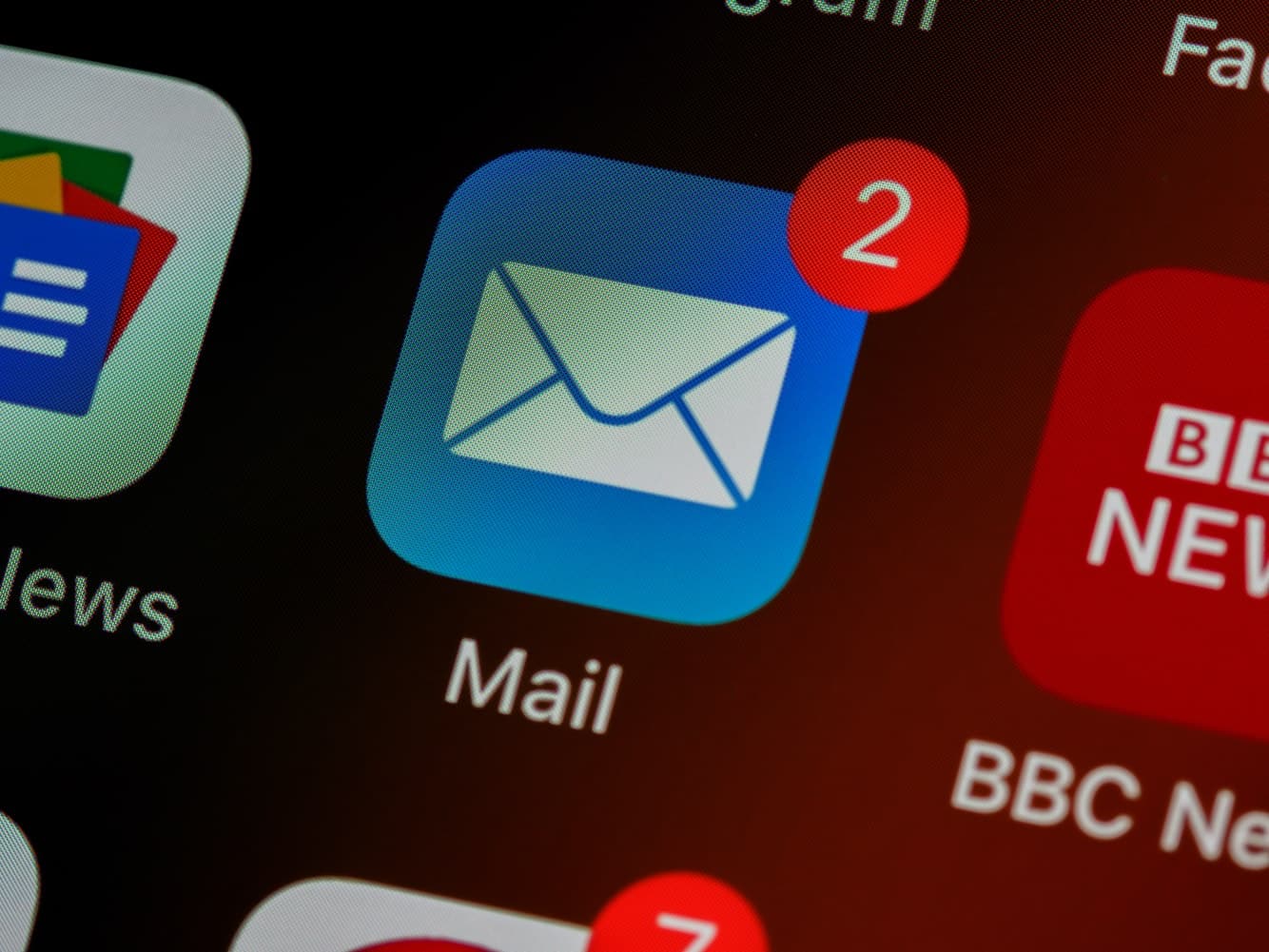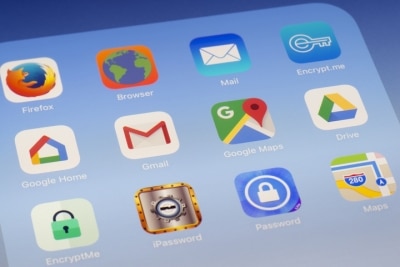Technology
Say Goodbye to Opens Forever: The Email Metrics That Matter Moving Forward
September 13, 2021

In the early days of email marketing metrics, data around open rates was pretty much all most marketers had to know if their message was really received. But even under the best of circumstances, email open rates are misleading for myriad reasons — making superficial success look like wins that aren’t as impactful as they may seem.
Now that most marketers are using email campaigns as part of cross-channel, multi-platform efforts to drive and measure engagement, conversions, and revenue, it’s time to stop relying on opens as your major indicator of an email campaign’s success.
As Apple Mail revamps its privacy settings to make emails pretty much untraceable, it appears that the days where email open rate can be considered a useful metric are numbered.
So, before it’s too late and your brand gets left behind when these changes go into effect, here’s everything you need to know about the future of opens. And — more importantly — how it will force your email marketing strategy to evolve.
What happens after Apple Mail Privacy Protection?
A consumer privacy-focused change called Mail Privacy Protection comes with Apple’s iOS 15 launch later this fall. If you haven’t heard much about it yet, essentially this update gives any Apple Mail user the ability to opt into a program that hides personally identifiable information like IP addresses, location metadata, and individual online activity from any potential sender.
Instead of landing directly in these customers’ inbox, Mail Privacy Protection routes your emails to an Apple server where a Proxy then generates requests and virtually opens each message to protect end users and their devices from malicious actors.
Simply put, this program prevents email marketers from knowing precisely when an email is opened — as well as whether or not someone ever actually sees it. And that makes open rate an inaccurate, unreliable email marketing metric moving forward for obvious reasons.
Email opens no longer measure success
Long regarded as a cornerstone metric for email marketing, the open rate will fully lose its luster after iOS 15. To this point, most marketers have relied on an invisible pixel within their personalized email graphics to determine when and if it has been opened.
Under Mail Privacy Protection, however, these graphics will appear to have been downloaded as soon as your message reaches Apple’s server, meaning that the email will appear to have been opened the minute it was sent — artificially inflating this metric and making a comparison to previous years an apples-and-oranges dilemma.
In addition to seriously impacting the reliability of open rate reporting, another new Apple feature called Hide My Email will let users share unique, random email addresses that forward to their inbox anytime they wish to keep their personal email address private. This enables savvy users to use ‘burner’ email addresses, something sure to affect your brand’s list-building efforts in the not-so-distant future.
As a result, email marketers looking to stay on top are going to have to make some changes. The first step? Prioritize any personalized email content that offers value and drives true engagement. Otherwise, your work will never live up to business expectations because it’s focused on easily misunderstood vanity metrics that can’t help you move the needle.
Focus on email metrics that actually matter
What’s not impacted by Mail Privacy Protection or Hide My Email are the actions taken by subscribers once they’ve opened your email. So don’t be concerned with who’s looking at them — focus on who’s interacting with them. That way, you can migrate away from open rate-dependant email programs to measure more meaningful KPIs like clicks, conversions, audience engagement, and revenue generated instead.
Optimize onboarding for genuine engagement
Creating a robust onboarding process that not only shares your brand’s value proposition with subscribers, but also offers special bonuses and incentives for continued email engagement. This seemingly small move can pay off with big-time rewards. Because they not only drive new conversions and customer acquisition cost decreases, but also lifetime value and revenue generated by first-time shoppers.
Build a unified customer profile
Using email in conjunction with mobile messaging and push notifications takes the possibilities for next-gen email metrics far beyond the realm of open rates. Creating personalized omnichannel messaging streams that capture engagement across your email, mobile, and website interactions is an easy and effective way to connect your customers with the content and products they want.
Not to mention the best way to give your team a more holistic picture of what your audience is consuming and engaging with throughout their individual journey, too.
Publishing in a Cookieless World: How First-Party Data Is Transforming Media Companies
Third-party cookies have made it easy for media companies to reach subscribers. But by 2022, Google will say goodbye to them forever. Find out why you need first-party data moving forward.
Related



